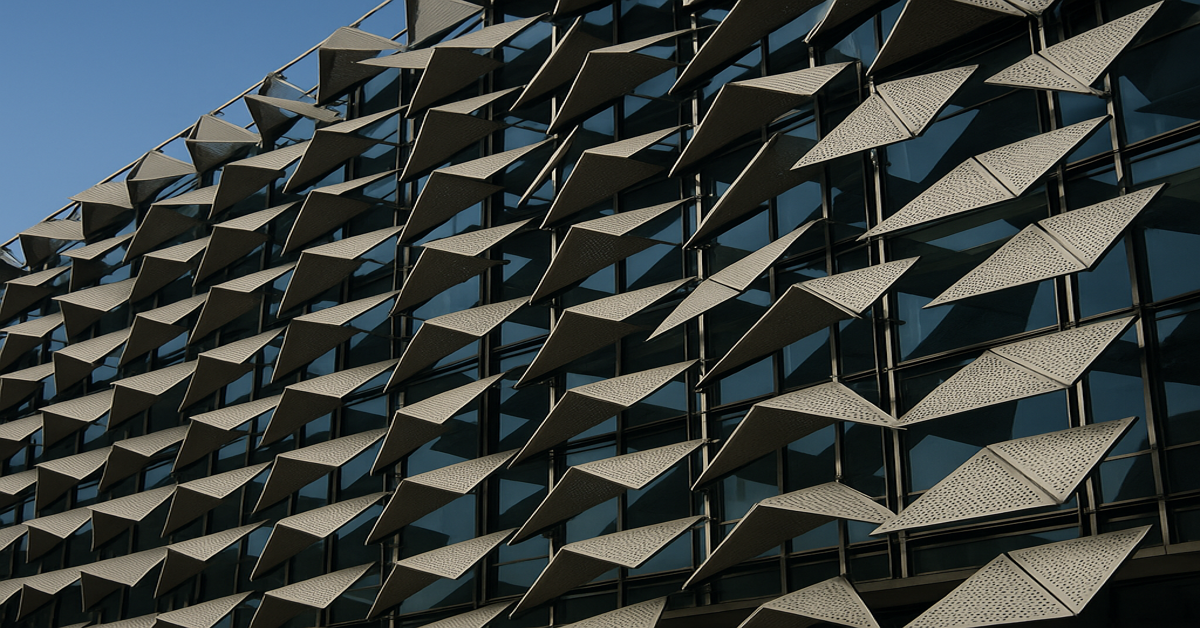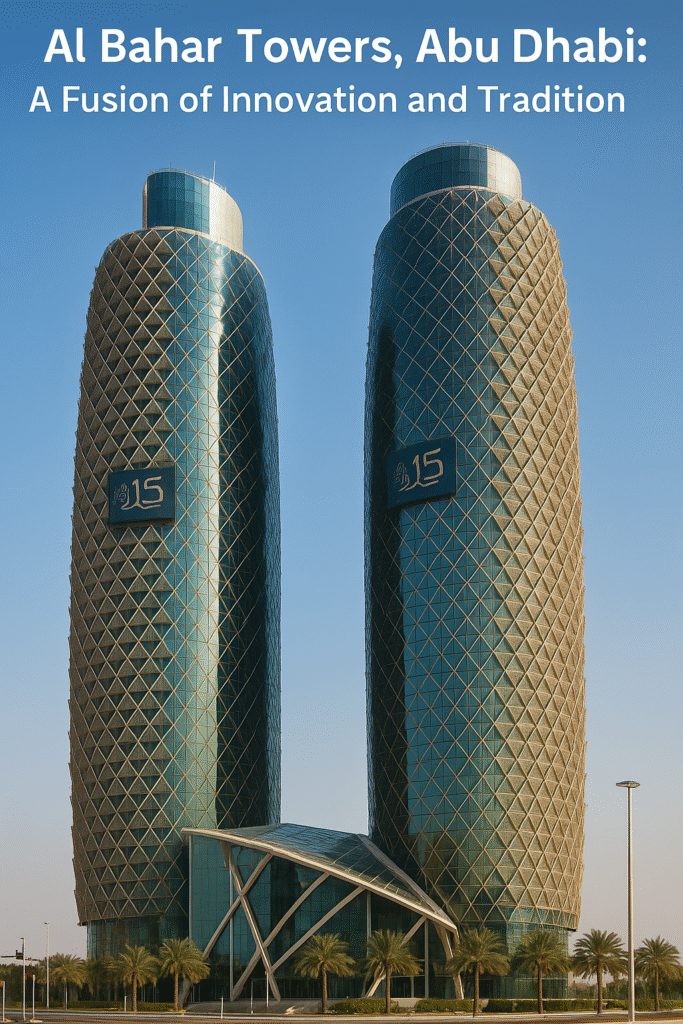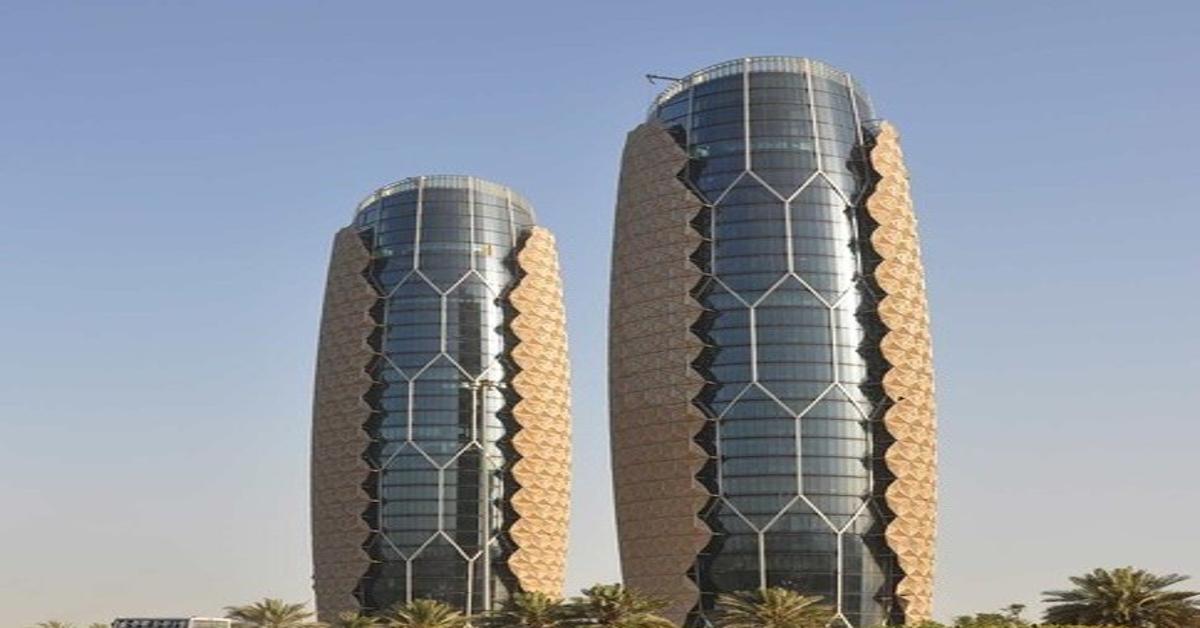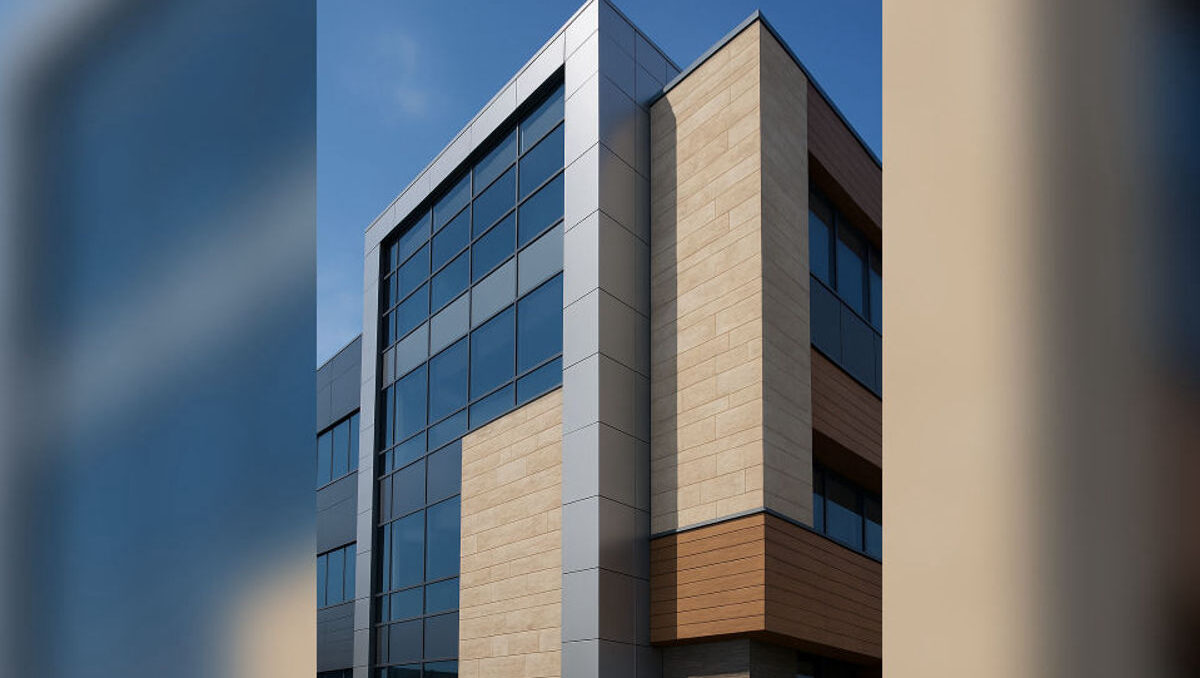Kinetic Facades: The Future of Responsive Architecture

The world of architecture is rapidly evolving with innovations that not only enhance aesthetic appeal but also contribute to functionality and sustainability. One of the most groundbreaking developments in this field is the concept of kinetic facades. These dynamic building skins go beyond static design, introducing movement and adaptability into architectural structures. Kinetic facades are designed to respond to environmental changes, human interaction, or programmed controls, offering an intelligent interface between the building and its surroundings.
This essay explores the concept, history, design principles, materials, technology, benefits, applications, and future prospects of kinetic facades. It aims to provide an in-depth understanding of how kinetic facades represent a shift from conventional design to smart, sustainable architecture.
What Are Kinetic Facades?
Kinetic facades are architectural systems integrated into a building’s exterior that have the ability to move or transform. This movement can be mechanical, digital, or organic in nature, and is often triggered by environmental stimuli such as sunlight, wind, and temperature, or by user interaction. The primary objective is to improve energy efficiency, comfort, and visual appeal while maintaining the structural integrity of the building.
These facades can include moving panels, rotating louvers, sliding screens, shape-memory materials, or inflatable elements that adjust according to real-time data. Unlike traditional static facades, kinetic systems can respond dynamically to their environment, offering new possibilities in design and performance.
Historical Context
The idea of responsive architecture is not new. Historical structures like traditional Middle Eastern mashrabiyas and Japanese shoji screens have long incorporated movable elements for light and airflow control. However, with the advent of modern technology and materials, the scope and complexity of such systems have greatly expanded.
In the 1960s and 70s, visionary architects like Cedric Price and Nicholas Negroponte introduced the concept of buildings that could adapt to their users and surroundings. These early theoretical models laid the groundwork for today’s kinetic facades, which are now supported by digital technologies and smart materials.
Design Principles of Kinetic Facades
Designing a kinetic facade requires a multidisciplinary approach, integrating architecture, engineering, computer science, and environmental design. Key principles include:
- Responsiveness: The façcade must be able to detect and respond to environmental stimuli.
- Flexibility: Components should move or transform easily and efficiently.
- Integration: The kinetic system must be seamlessly integrated into the building’s structure and function.
- Aesthetics: The movement should enhance the visual appeal of the building.
- Sustainability: The system should contribute to energy savings and environmental responsibility.
Types of Kinetic Facades
Kinetic facades can be broadly classified into several types based on their movement and function:
- Mechanically Driven Facades: Use motors and actuators to move elements such as louvers or panels.
- Environmentally Responsive Facades: Utilize passive systems or smart materials that react to light, heat, or wind.
- Digitally Controlled Facades: Operated through sensors and computer programs, enabling complex patterns of movement.
- User-Interactive Facades: Respond to human presence or input, creating a dynamic experience for occupants and passersby.
Materials and Technology
The functionality and durability of kinetic facades depend heavily on the materials and technology used. Common materials include:
- Aluminum and Steel: For structural frames and moving parts.
- Glass and Polycarbonate: For transparency and light diffusion.
- ETFE (Ethylene Tetrafluoroethylene): A lightweight, flexible material used in inflatable façades.
- Smart Materials: Such as thermobimetals, shape-memory alloys, and photochromic materials that react to stimuli.
Technological components include:
- Sensors: To detect environmental changes like light intensity, temperature, or humidity.
- Actuators and Motors: To control the movement of façade elements.
- Microcontrollers: To process sensor data and execute movement patterns.
- Building Management Systems (BMS): For centralized control and automation.
Benefits of Kinetic Facades
Kinetic facades offer numerous advantages that go beyond visual appeal:
- Energy Efficiency: By controlling solar gain and ventilation, they reduce reliance on HVAC systems.
- Thermal Comfort: Maintain stable indoor temperatures by adjusting to weather conditions.
- Natural Lighting: Optimize daylight entry while minimizing glare.
- Aesthetic Innovation: Create visually engaging and futuristic building designs.
- Adaptability: Adjust to changing needs and conditions over time.
- Environmental Sustainability: Lower energy consumption and carbon footprint.
Challenges and Considerations
Despite their benefits, kinetic facades also present certain challenges:
- Cost: High initial investment for design, materials, and technology.
- Maintenance: Moving parts require regular upkeep.
- Complexity: Integration of multiple systems demands expert coordination.
- Durability: Long-term performance can be affected by wear and environmental conditions.
Notable Examples
Several iconic buildings around the world showcase the innovative use of kinetic facades:

- Al Bahar Towers, Abu Dhabi: Features a dynamic mashrabiya system that opens and closes in response to sunlight.
- Institut du Monde Arabe, Paris: Equipped with mechanical diaphragms that adjust light entry.
- Media-TIC Building, Barcelona: Uses inflatable ETFE panels to control solar gain.
- Kiefer Technic Showroom, Austria: Boasts moving aluminum panels that respond to environmental data.
- One Ocean Pavilion, South Korea: Has a wave-inspired façade that mimics the motion of the sea.
Environmental and Urban Impact
Kinetic facades contribute positively to urban environments in several ways:
- Reduced Heat Islands: By reflecting or diffusing sunlight.
- Air Quality: Facilitating natural ventilation.
- Urban Aesthetics: Enhancing city skylines with interactive design.
- Community Engagement: Buildings become landmarks and conversation pieces.
The Role of Artificial Intelligence
The integration of AI in kinetic facades is opening new frontiers. AI algorithms can analyze data from sensors to predict weather patterns, user behavior, and energy demands. This predictive capacity enables more efficient operation and real-time adaptation, making the building more intelligent and autonomous.
Future Trends
The future of kinetic facades looks promising with advancements in materials, robotics, and AI. Trends to watch include:
- Biomimicry: Designing movement patterns inspired by nature.
- Energy-Generating Façades: Integrating photovoltaic panels or piezoelectric materials.
- 3D Printing: Custom fabrication of kinetic components.
- Modular Systems: Easier installation and replacement.
- Augmented Reality (AR): For design simulation and maintenance training.
Kinetic facades symbolize a significant leap forward in architectural design, merging art, science, and technology to create responsive, sustainable, and visually compelling buildings. As cities grapple with climate change and energy challenges, such innovative solutions are not just desirable but necessary. With ongoing research and interdisciplinary collaboration, kinetic facades will continue to evolve, transforming skylines and redefining the built environment for generations to come.
In summary, kinetic facades represent the intersection of creativity and functionality, offering architects a powerful tool to shape the future of sustainable and intelligent design.



